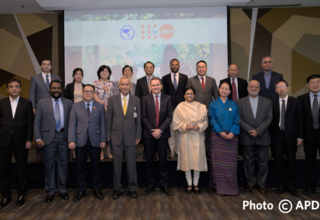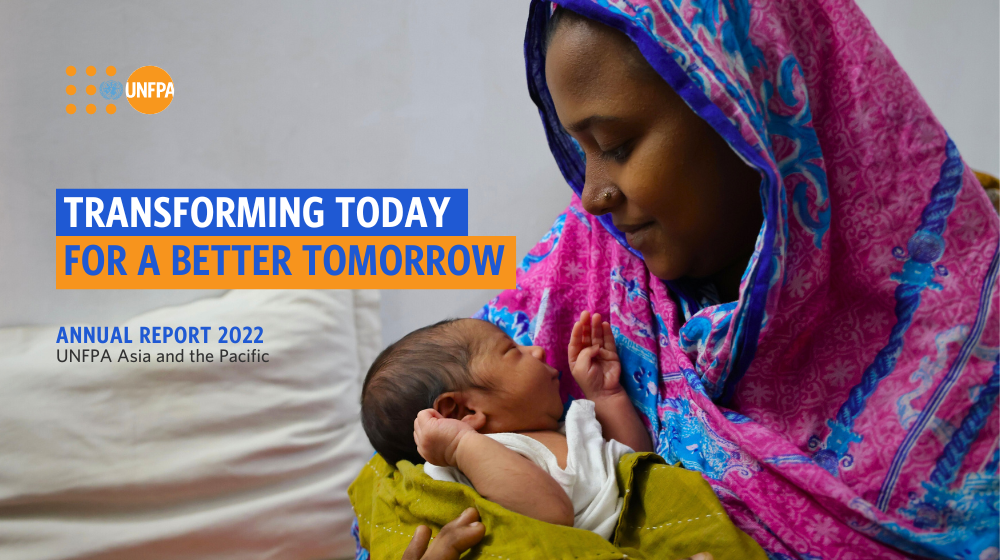YANGON—Myanmar has a population of 51.4 million people, according to provisional census data released today by the Minister of Immigration and Population.
The country conducted its first census in 30 years between 29 March and 10 April of this year. Preliminary results show there are 51,419,420 people in Myanmar, 26,598,244 females and 24,821,176 males, and a male/female sex ratio of 93.3 per cent. This includes 50,213,067 persons counted during the census and an estimated 1,206,353 persons who were not counted in three areas.
The provisional data include numbers of females and males in each state, division and township, and the average household size for each division and state.
The data released today have been collected and analysed according to international standards with technical support and guidance from foreign experts. UNFPA, the United Nations Population Fund, has given technical, logistical and financial support to the census since 2012, and a number of countries have provided funds.
Minister of Population U Khin Yi announced the preliminary census results at a meeting here today.
“The census is a valuable national resource,” said Janet Jackson, UNFPA Representative in Myanmar. “For the first time in decades, the country will have data it needs to put roads, schools, health facilities and other essential infrastructure where people need them most.”
“These preliminary data reveal that Myanmar’s cities are becoming denser. They are also expanding quickly, with many living along the edges of cities that have grown without any planning whatsoever,” she added.
At today’s launch the Government also gave initial estimates of the segments of the population that were not counted in parts of northern Rakhine, Kachin and Kayin States.
The estimate of 1.09 million uncounted people in northern Rakhine State is based on pre-census mapping of households by immigration officers. Most of those who wanted to self-identify their ethnicity as Rohingya were not enumerated.
In Kachin State, where census data collectors could not access 97 villages under control of the Kachin Independence Organization, estimates were based on the demographics of surrounding villages.
In Kayin State, the Karen National Union for one area under their control, only provided data on the number of women and men in households, which they collected themselves. This information was checked against neighbouring areas and found to be consistent.
The data released today are based on “enumeration area summary sheets”, which the 115,000 census data collectors filled out by hand in addition to their detailed household questionnaires. These summary sheets recorded the number of households in a given area and how many females and males lived in each. The country was divided into 81,700 enumeration areas, each with an average of 150 households that a single data collector covered in the 10-day data collection period.
The more detailed data to be released in May 2015 will be based on computer scanning and detailed analysis of the actual questionnaires. Experience from other countries suggests that the final results may vary marginally from the preliminary numbers.
For more information, contact:
in Yangon, Ben Manser, manser@unfpa.org, mobile 094 2117 0861
in Bangkok, William A. Ryan, ryanw@unfpa.org, mobile +66 89 897 6984




